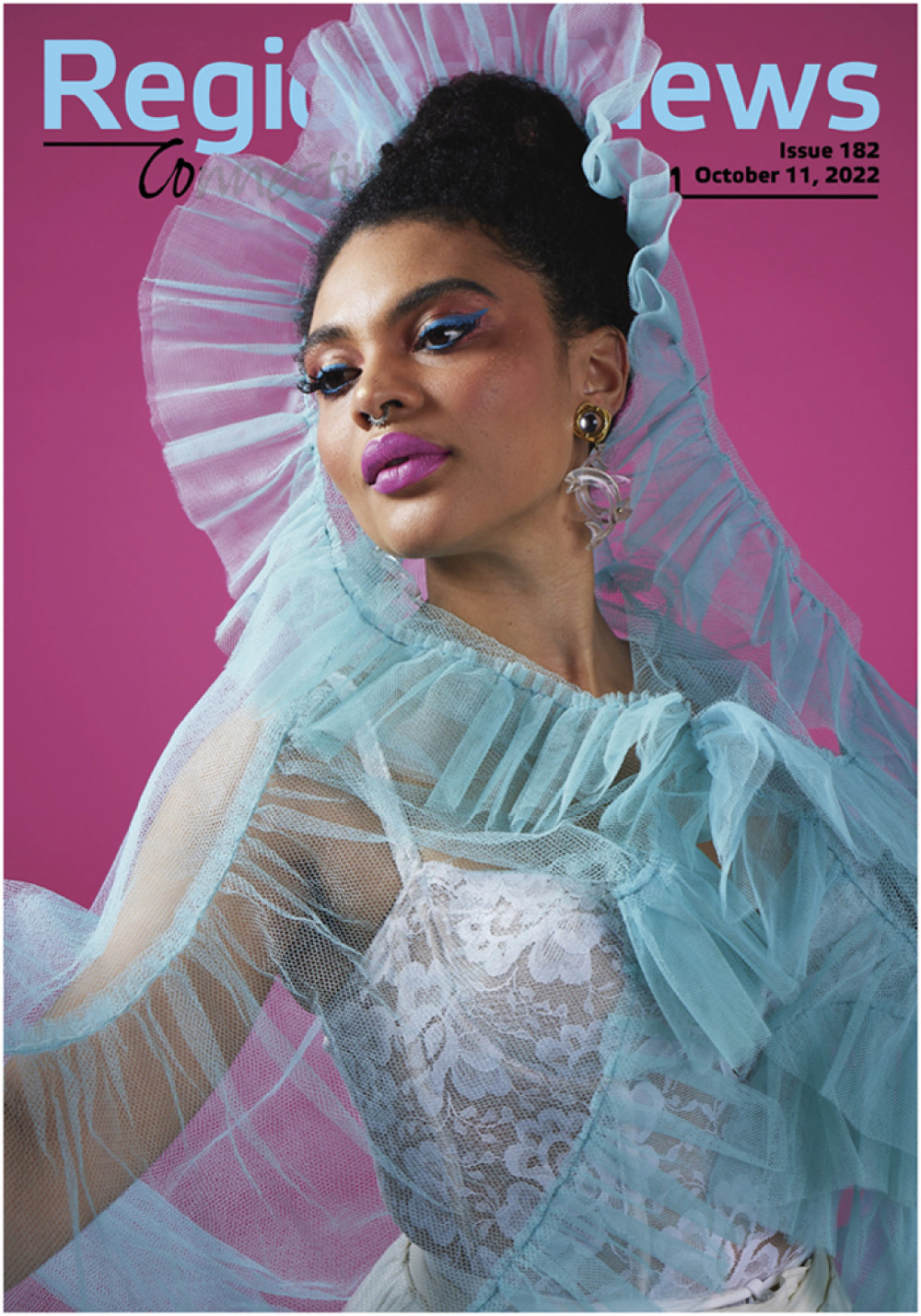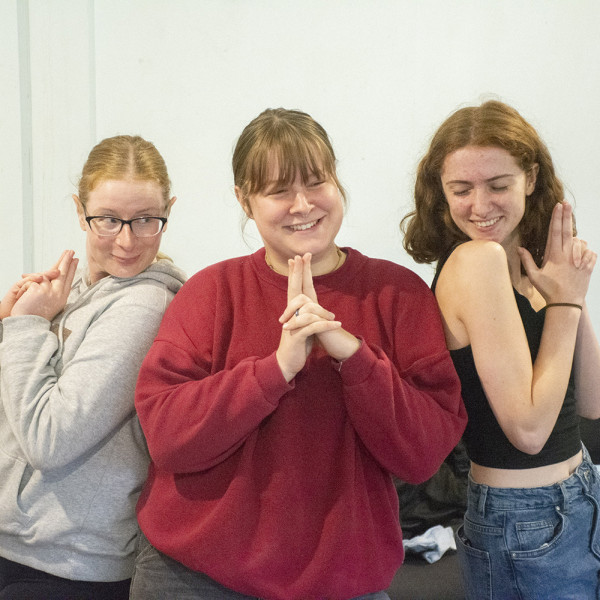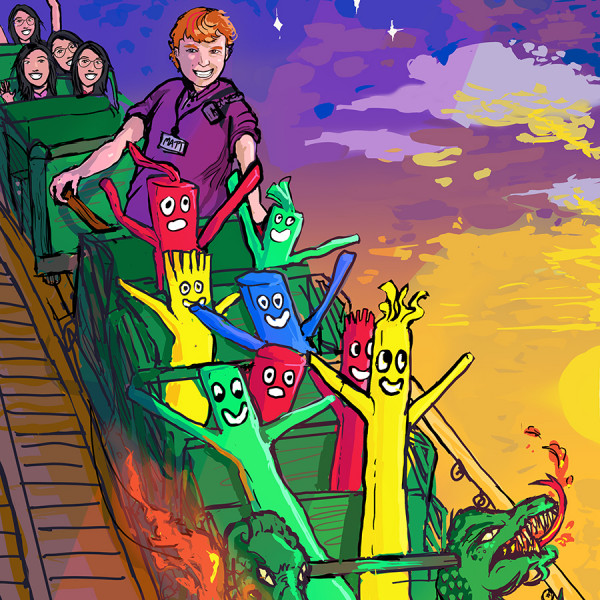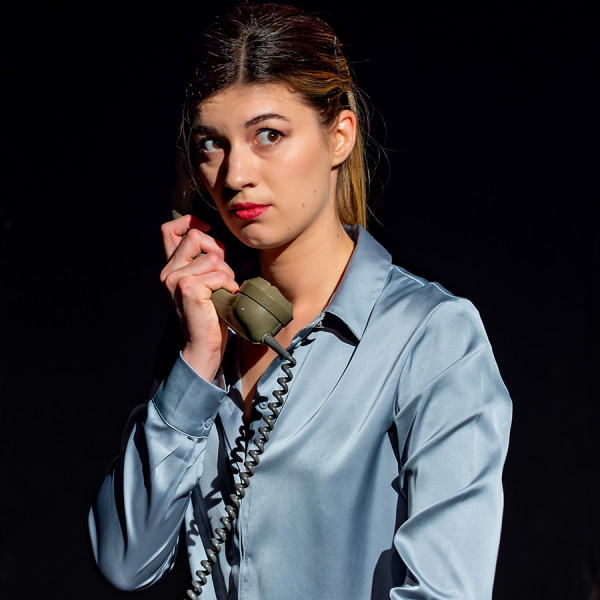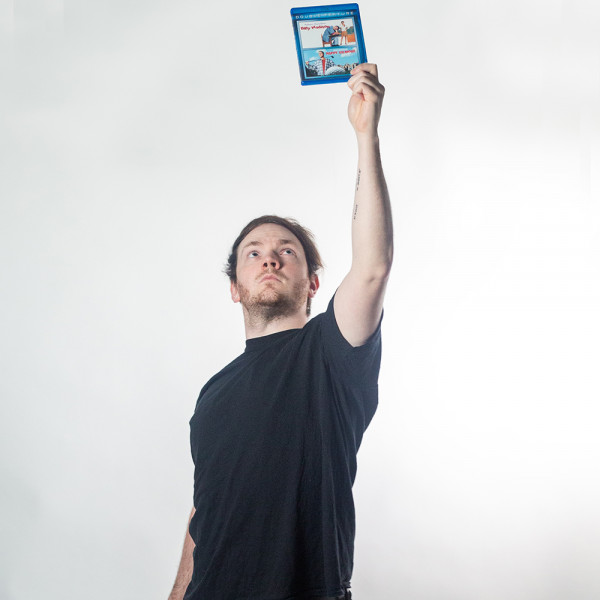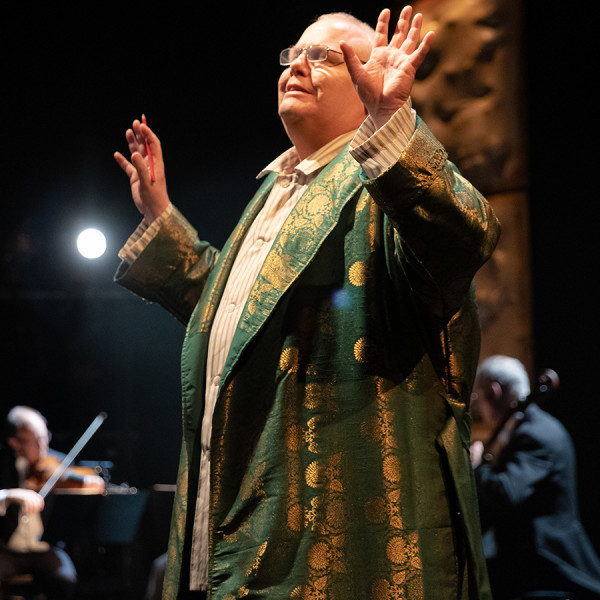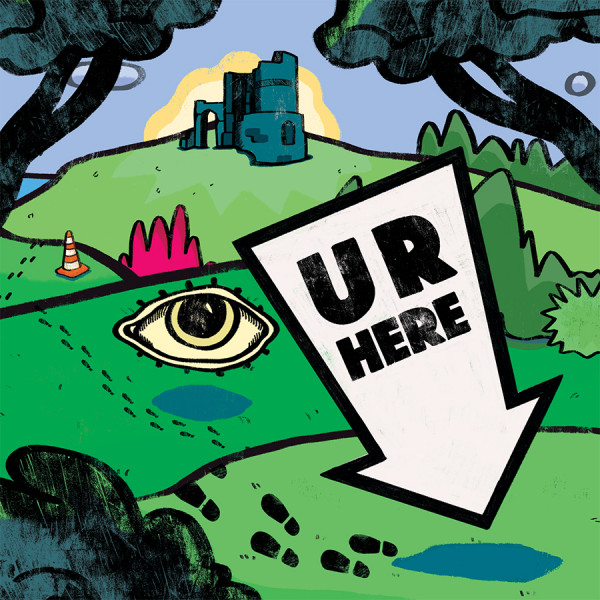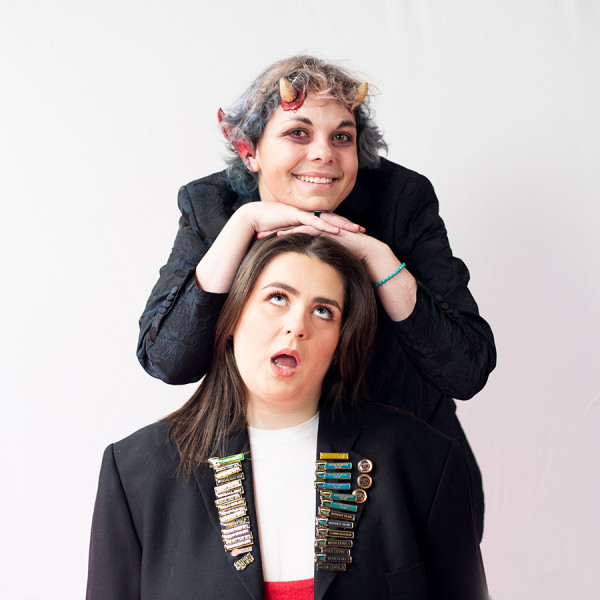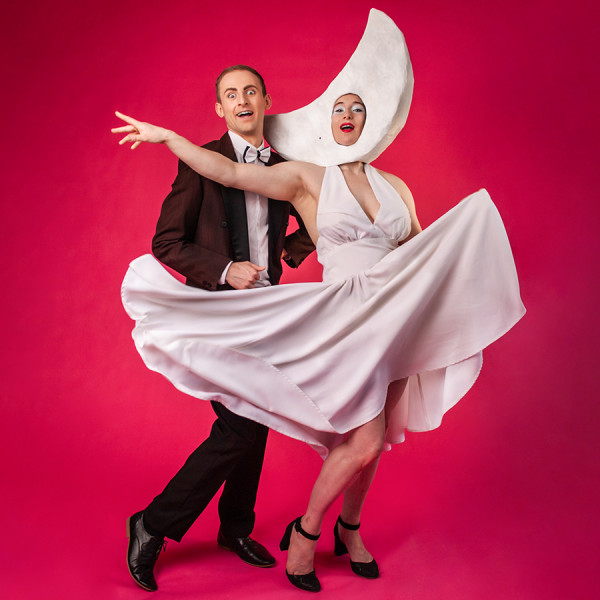
Moonroe’s Happy Hour
Created by: Laura Oakley and Jackson Cordery
Te Auaha, 7th Mar 2023
Reviewed by: Tanya Piejus
Marilyn Moonroe (Laura Oakley), a diva with a lunar crescent for a head, and her sidekick Sonny (Jackson Cordery) warmly welcome you to Te Auaha for 60 minutes of variety performance.
Using a miniature leaf blower to recreate the classic moment from The Seven Year Itch where Marilyn Monroe’s white dress is blown up by a subway vent, this is a cute and quirky hour of songs, silliness, and sensational circus.
‘Stage manager’ Britney Spears pops on to set out six hula hoops on the floor and we’re treated to a flawless hoop-twirling display by Lightning Lola (Oakley). An attempt at a sexy striptease by Mark Malady (Cordery) to the song Fever is comically ruined by COVID symptoms, and so the fun continues.
Sitting in the front row is not for the faint-hearted as several audience members are brought into the action. One gamely pops a balloon from between the legs of Oakley while she’s in an open-legged handstand. Another has an improvised song written about her by a nervous pomegranate with a tiny ukulele.
Always polite and inclusive, Oakley and Cordery are charming performers with some mean circus skills. Cordery’s silks and aerial routines are spectacular and Oakley’s floor routines slick and strong. They also have a gift for light-heartedness and audience interaction that makes everyone feel a part of their world. It’s refreshing to experience a comedic performance that is uplifting rather than relying on putting others down.
A bare, black-box stage is used well to deliver the big circus numbers and the smaller, more intimate pieces. Dean Holdaway’s lighting creates a dazzling whirl of spotlights and two blinders at the back of the stage facilitate a dramatic entrance for Moonroe at the start of the show.
If you’re looking for something a bit different this Fringe Festival where you’re made to feel you belong, you can’t go wrong with Moonroe’s Happy Hour. After all, as Moonroe says, we’re just seeds in one big pomegranate.



